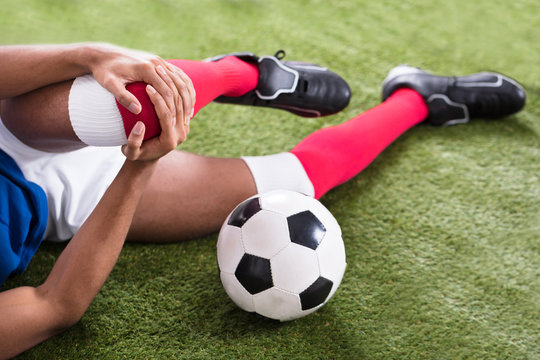Managing the rehabilitation process following sports injury surgery is crucial for ensuring optimal recovery and return to sport. Here are key steps involved in managing this process:
Post-Surgery Care and Monitoring:
- Immediate Post-Op: Ensure the wound is healing properly and manage pain and swelling as per the surgeon’s instructions.
- Follow-Up Visits: Regularly meet with the surgeon to assess healing progress and discuss any concerns.
Initial Phase (Acute Phase):
- Protect and Rest: Initially, the injured area needs protection and relative rest to allow healing without stress.
- Range of Motion Exercises: Begin gentle exercises to restore normal joint range of motion and prevent stiffness.
Intermediate Phase (Subacute Phase):
- Strength and Stability: Gradually introduce exercises to regain muscle strength and improve joint stability around the injured area treatment with Sports injury Surgeon in delhi.
- Cardiovascular Fitness: Maintain cardiovascular fitness through activities that do not stress the injured area.
Advanced Phase (Return-to-Sport Phase):
- Sport-Specific Training: Progress to sport-specific exercises to simulate the demands of the particular sport.
- Functional Testing: Perform functional tests to assess readiness to return to sport, such as agility drills and sport-specific movements.
- Gradual Return: Gradually reintroduce full training and competitive activities under the guidance of a sports physiotherapist or athletic trainer.
Psychological Support:
- Manage Expectations: Help the athlete understand the timeline for recovery and manage expectations about returning to sport.
- Motivation: Provide encouragement and support throughout the rehabilitation process to maintain motivation.
Education and Lifestyle Management:
- Injury Prevention: Educate the athlete on strategies to prevent re-injury, such as proper warm-up, stretching, and technique.
- Healthy Lifestyle: Emphasize the importance of nutrition, hydration, and adequate sleep to support recovery.
Communication and Coordination:
- Multidisciplinary Approach: Coordinate with the surgeon, physiotherapist, athletic trainer, and other healthcare providers involved in the athlete’s care.
- Athlete Feedback: Regularly communicate with the athlete to address concerns, modify the rehabilitation plan as needed, and ensure they understand their role in the process.
Monitoring and Adjustments:
- Progress Evaluation: Continuously monitor the athlete’s progress through objective measures (e.g., strength tests, functional assessments).
- Adjustments: Modify the rehabilitation plan based on the athlete’s response to treatment and progress toward goals.
By following these steps and tailoring the rehabilitation plan to the specific injury, surgery, and athlete, you can effectively manage the rehabilitation process and optimize the athlete’s recovery and return to sport.





Comments